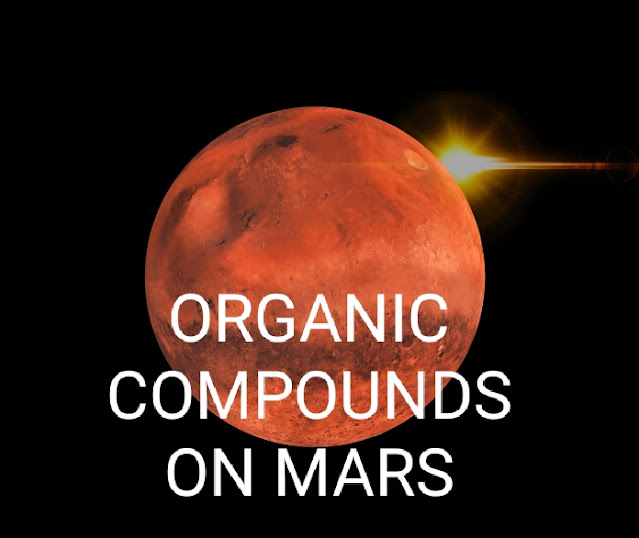LARGEST ASTEROIDS
Outlined here are some of the largest asteroids of Solar System.
1. CERES
Ceres is the first known Asteroid, discovered on 18 January 1801 by Giuseppe Piazzi at Palermo Astronomical Observatory. It was originally considered a planet, but was reclassified as an Asteroid in the 1850s after many other objects in similar orbits were discovered.
Ceres is the largest object in the main Asteroid belt between the orbits of Mars and Jupiter. One-fourth mass of the Asteroid Belt is embraced only in Ceres, with a diameter of 940 km (580 mi) and is large enough to be rounded by its own Gravity.
Ceres appears to be partially differentiated into a muddy (ice-rock) mantle/core and a less-dense but stronger crest that is at most 30% ice. Probably today there is no internal ocean present but there is a brine that can flow through the outer mantle and reach the surface. The surface is a mixture of water ice and various hydrated minerals like carbonated and clay. In January 2014, emissions of water vapour were detected from several regions of Ceres.
Categorisation of Ceres has been a major subject of disagreement and has changed more than once. Ceres is believed to be a "missing planet" by Johann Elert Bode.
Physical Characteristics
The surface of Ceres is remarkably homogenous on a global scale, and is rich in carbonates and ammoniated phyllosilicates that have been altered by water. The water ocean that is thought to have existed early in Ceres's history should have left an icy layer under the surface as it froze. Graphite, sulfur and sulfur dioxide are present on Ceres's surface as per the studies by the Hubble Space Telescope.
Ceres has one prominent mountain, AHUNA MONS; this peak is like a cryovolcano and has few craters, suggesting a maximum age of no more than a few hundred million years. Surface of Ceres is preserved with craters smaller than 300 km in diameter indicate that the outermost layer of Ceres is on the order of 1000 times stronger than water ice. This is consistent with the mixture of silicates hydrated salts and methane clathrates, with no more than approximately 30% water ice.
The thickness and density of the crust is not well constrained. There are completing 2-layer and 3-layer models of the Cererian interior not counting a possible small metallic core.
2. PALLAS
Pallas is the second Asteroid to have been discovered after the first, Ceres and it is also the second largest in our Solar System. It has 22% mass of the Ceres and consisting of approximately 7% mass of the Asteroid Belt. It is the third largest Asteroid of the Solar System by both volume and mass. Its estimated diameter is 505 to 520 km (314 to 323 mi).
Physical Characteristics
The surface of Pallas contain silicates and little amount of water and iron. These type of minerals contains olivine and pyroxene, which are found in CM chondrules. its density is approximately 3g/cm³ suggesting a mineral composition similar to that of Ceres but significantly less hydrated. Besides one bright spot on the Southern Hemisphere, the only surface features identified on Pallas are craters. As of 2020, 36 craters have been identified, of which 34 are larger than 40 km in diameter. Provisional names have been provided for some of them and some are named after ancient weapons.
Please comment if you want a detailed article about these asteroids.
THANK YOU FOR VISITING...









Comments
Post a Comment